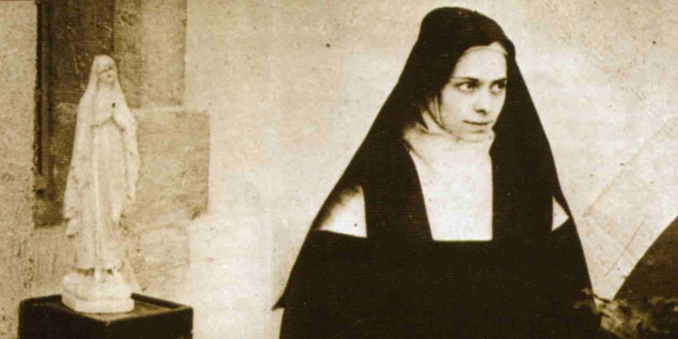Quote of the day, 27 May: St. Elizabeth of the Trinity
Throughout her stay in Carmel, Elizabeth lived with the very real threat of being expelled from France, along with her entire community. The liturgical calendar of Carmel, composed in 1905 (for the year 1906) mentions that, out of the 117 French Carmels, 38 actually were expelled.
On 1 July 1901, one month before Elizabeth entered Carmel, the Waldeck-Rousseau government promulgated the law concerning associations, which was aimed primarily at religious congregations. They had to ask for legal authorization before October 3, present their financial balance sheet, and an inventory of their goods.
For decades, the Catholic Church in France had been facing a headwind. The painful memory of the French Revolution and its martyrs a century earlier was still alive and, in the minds of young Christian idealists like Elizabeth, the idea of martyrdom could resurface from time to time, following the example of the Carmelites of Compiègne who were guillotined. She entered Carmel with this readiness for martyrdom, as she had declared to Marguerite Gollot when they were postulants “outside the walls”: “So, what happiness to go together to martyrdom!… I can hardly think of it… it’s too good!” (Letter 57).
Conrad De Meester, O.C.D.
Chapter 22, Partir en exil à l’étranger?
Note: The Mass and rite of beatification of Mother Teresa of St. Augustine and the Martyrs of Compiègne took place in Rome on Sunday, 27 May 1906. Later that year, St. Elizabeth of the Trinity attended a triduum celebrated in mid-October by the Carmel of Dijon in their honor. Their canonization—formally approved by Pope Francis on 18 December 2024—was the final one he authorized before his death.
de Meester, C 2017, Rien moins que Dieu: sainte Elisabeth de la Trinité, Presses de la Renaissance, Paris.
Translation from the French text is the blogger’s own work product and may not be reproduced without permission.
⬦ Reflection Question ⬦
How am I inspired by the Holy Martyrs of Compiègne in my own faith and witness?
⬦ Join the conversation in the comments.
#anniversary #beatification #CarmelOfDijon #history #inspiration #martyrdom #MartyrsOfCompiègne #StElizabethOfTheTrinity




